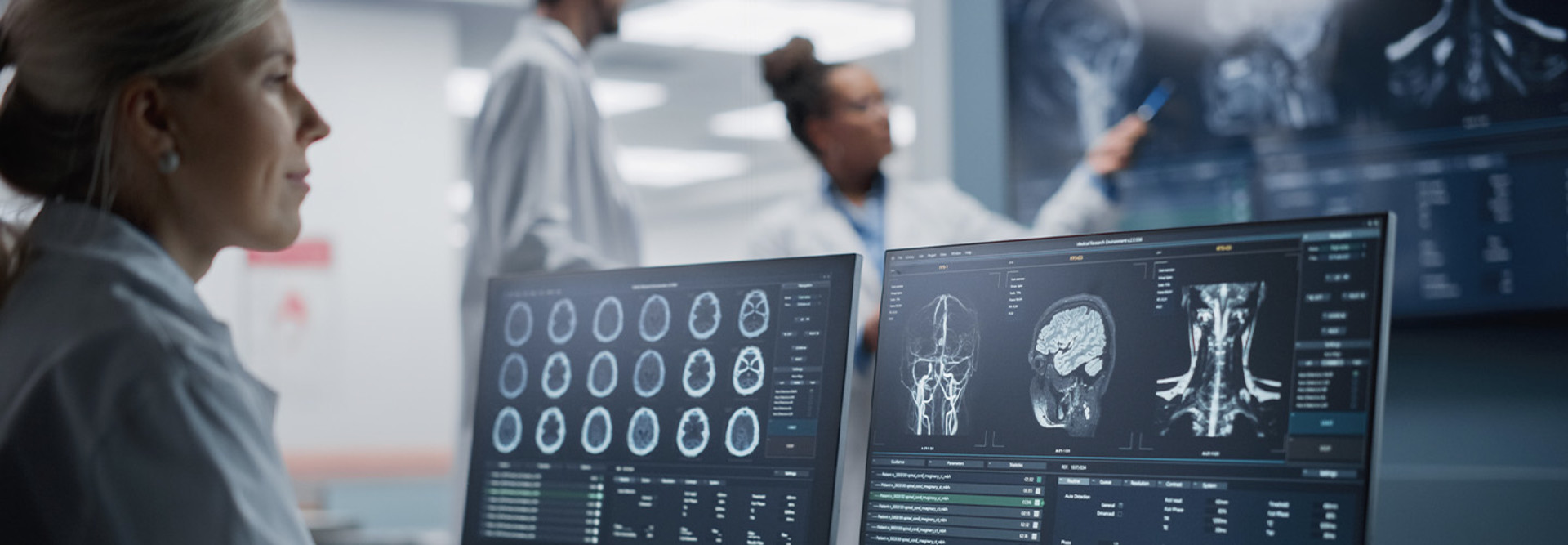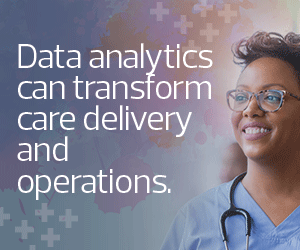What Are the Different Categories of Artificial Intelligence?
AI can be categorized in two ways, based on functionality and intelligence.
The first category classifies AI by system type:
1. Reactive
As the most basic form of AI, a reactive machine responds to external stimuli but does not form memories and cannot learn from past experiences.
2. Limited Memory
Nearly every AI tool used today falls into this category. A limited-memory machine builds on available data to learn and make future predictions.
3. Theory of Mind
Hypothetically, a theory of mind machine would identify, understand and respond to human emotions.
4. Self-Aware AI
Also theoretical, a self-aware machine would think for itself and be conscious of its own emotions and desires.
DISCOVER: Tips for avoiding four common AI mistakes.
The second category classifies AI by level of intelligence:
1. Artificial Narrow Intelligence
All current AI tools have artificial narrow intelligence. They are designed to perform specific functions and cannot think for themselves.
2. Artificial General Intelligence
At this level, the machine would be able to think like a human, perform multifunctional tasks and make independent decisions.
3. Artificial Superintelligence
Artificial superintelligence currently exists only in movies and books. At this level, the machine would be self-aware and have capabilities that surpass human abilities.
EXPLORE: Five steps to analytics and AI success.
What Are the Main Use Cases of AI in Healthcare Today?
The healthcare industry uses limited memory AI in several areas:
Clinical Documentation
ChatGPT is the most well-known generative and natural language processing tool. Chatbots powered with similar technology are used to help patients assess symptoms and book appointments, and can assist with outpatient monitoring.
Providers also use versions of this type of AI for clinical documentation. One example is Nuance’s Dragon Ambient eXperience. The program records and transcribes doctor-patient interactions and writes a comprehensive clinical summary in the electronic health record.
“The more technology can handle the administrative work, the more time physicians have to actually practice medicine,” says Ken Harper, Nuance’s vice president and general manager of healthcare virtual assistants and ambient clinical intelligence. “Having AI do a portion of the work also minimizes the clinician’s cognitive burden and fatigue.”
Harper adds that this type of AI improves access to care for patients. “We’ve seen healthcare organizations use some of that time to bring more patients through the door.”
Imaging
Imagine 10 million radiologists analyzing a scan, as opposed to just a handful of specialists. That’s essentially how AI works with healthcare imaging. Platforms such as Nuance’s Precision Imaging Network, for example, use AI algorithms to process images and provide suggestions to radiologists.
“AI is in almost everything that we’re doing with imaging today,” Flores says, noting that it may help reduce diagnostic mistakes by detecting anomalies a human might overlook.
AI’s advantage is that it can learn from an unfathomable amount of data. An AI tool that has learned all the ways a disease can present itself in an imaging study can very quickly derive answers from new imaging studies — and it won’t get tired while doing so, as a human would.
Patient Monitoring
Medical providers have been able to expand remote patient monitoring because of wearable devices that use AI to track and analyze data such as blood pressure, glucose levels and sleep patterns.
Virtual nursing platforms such as the ones offered by Artisight and Caregility use smart technology to monitor large numbers of patients. The AI tool can be trained to detect potential problems, play automated messages to patients and alert in-person care teams.
Ryan Cameron, vice president of technology and innovation at Children’s Hospital & Medical Center in Nebraska, says his organization is developing AI-driven systems to automate decision support for providers. “One of our goals is to ensure critical patients receive the medications they truly need.”
To achieve this, Cameron explains, “we have a project focused on real-time monitoring of vital signs. The AI tool compares the patient’s data against multiple sources, runs complex math and makes infusion recommendations for doctors to review.”












